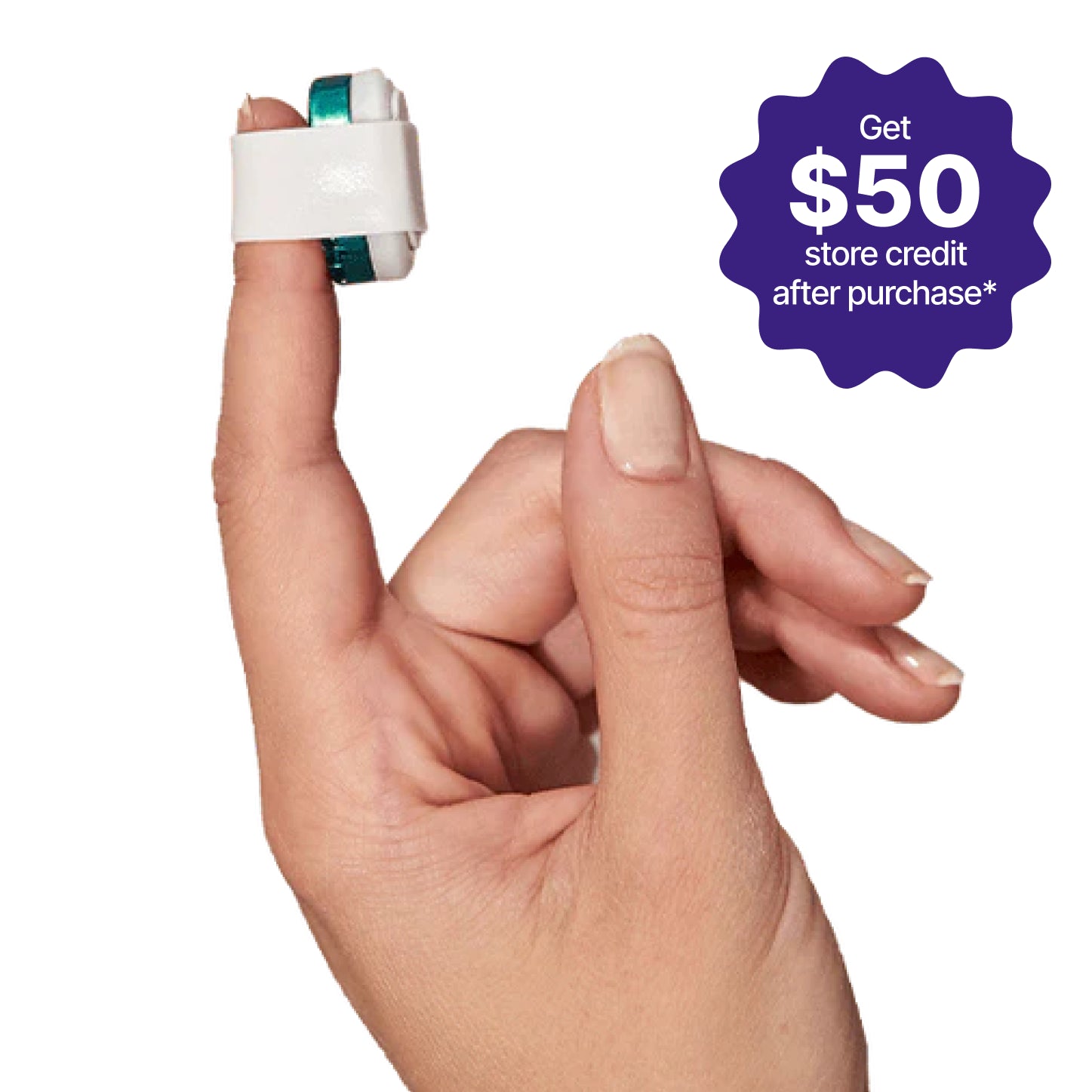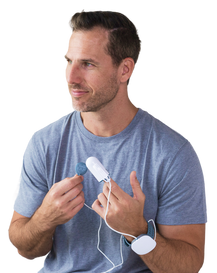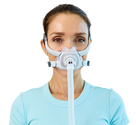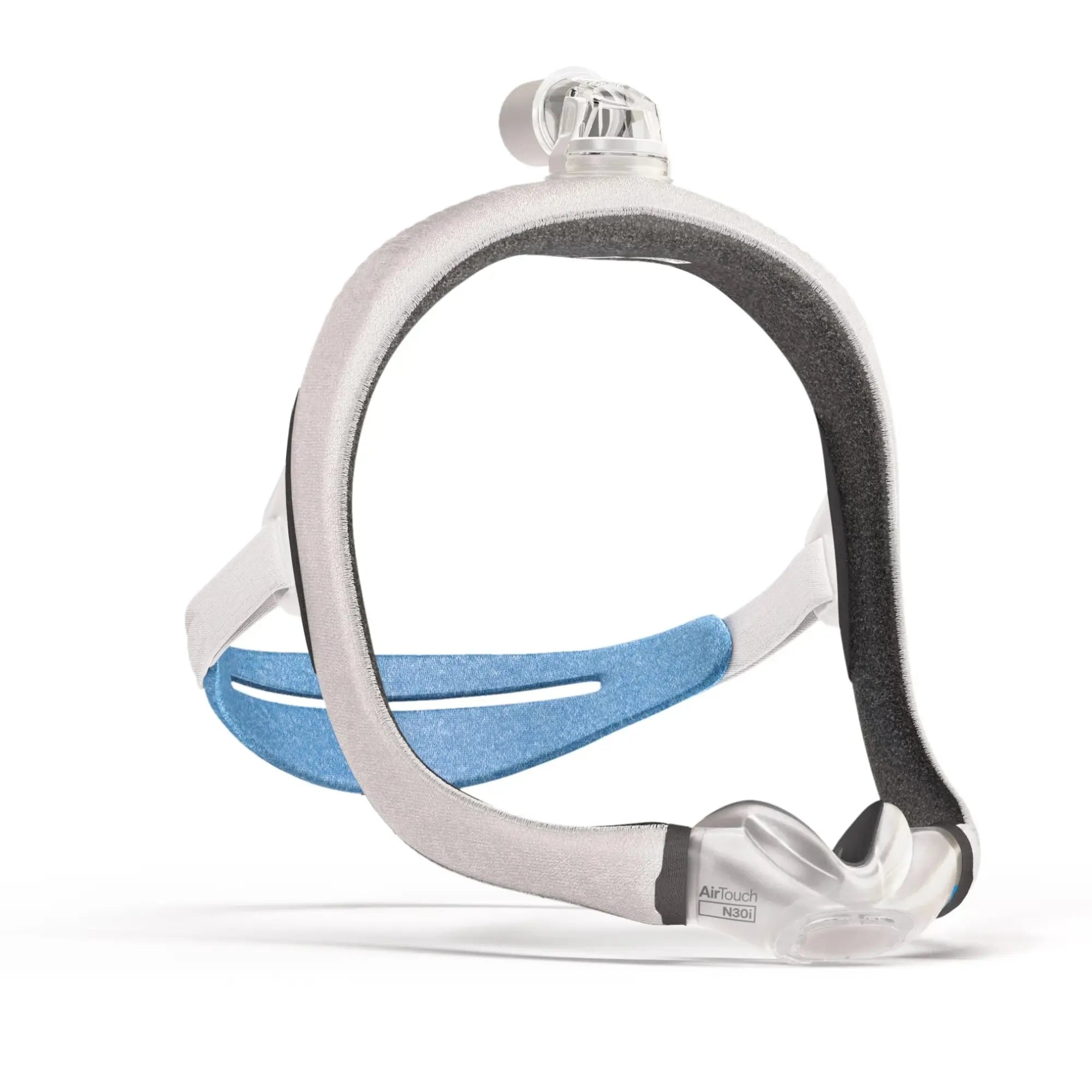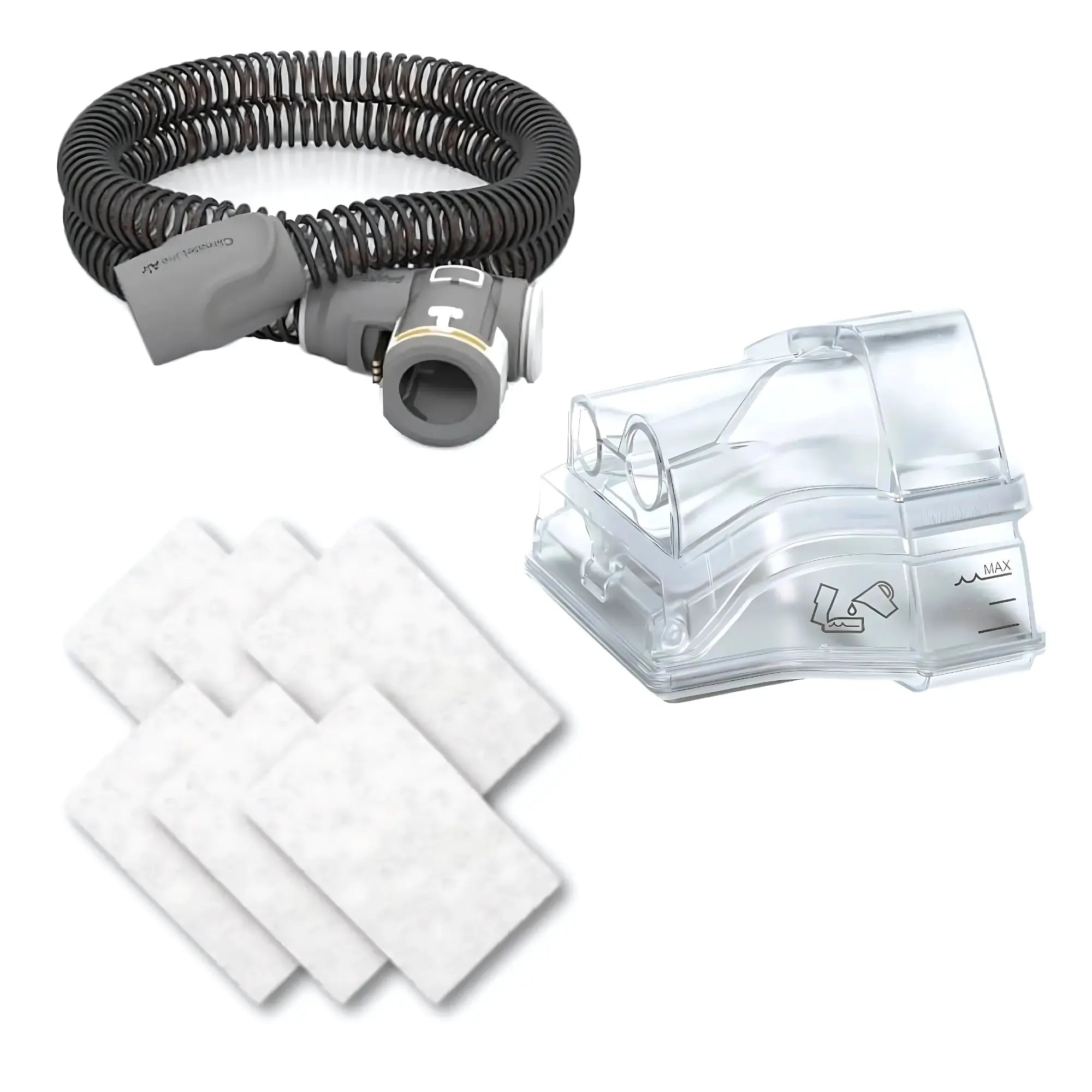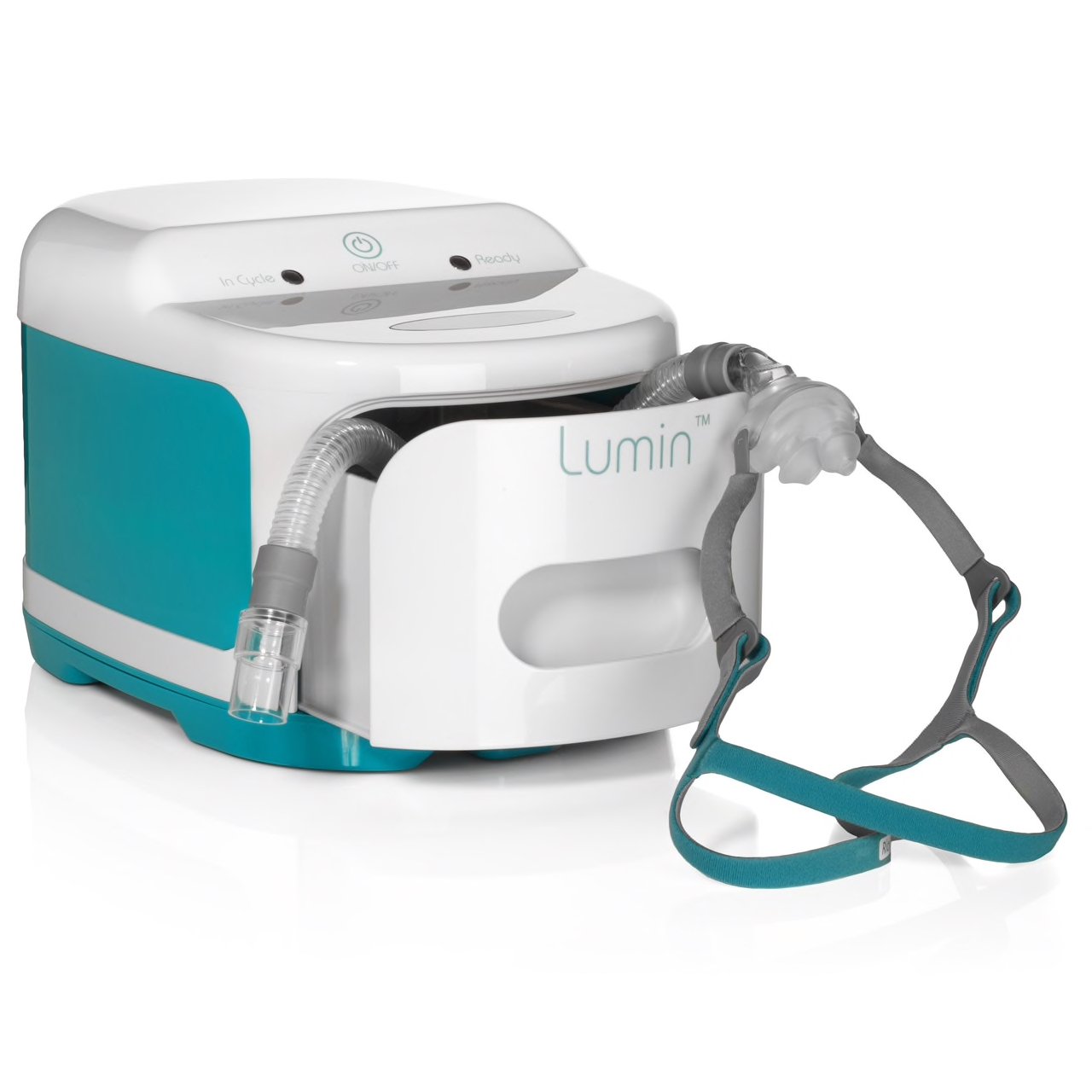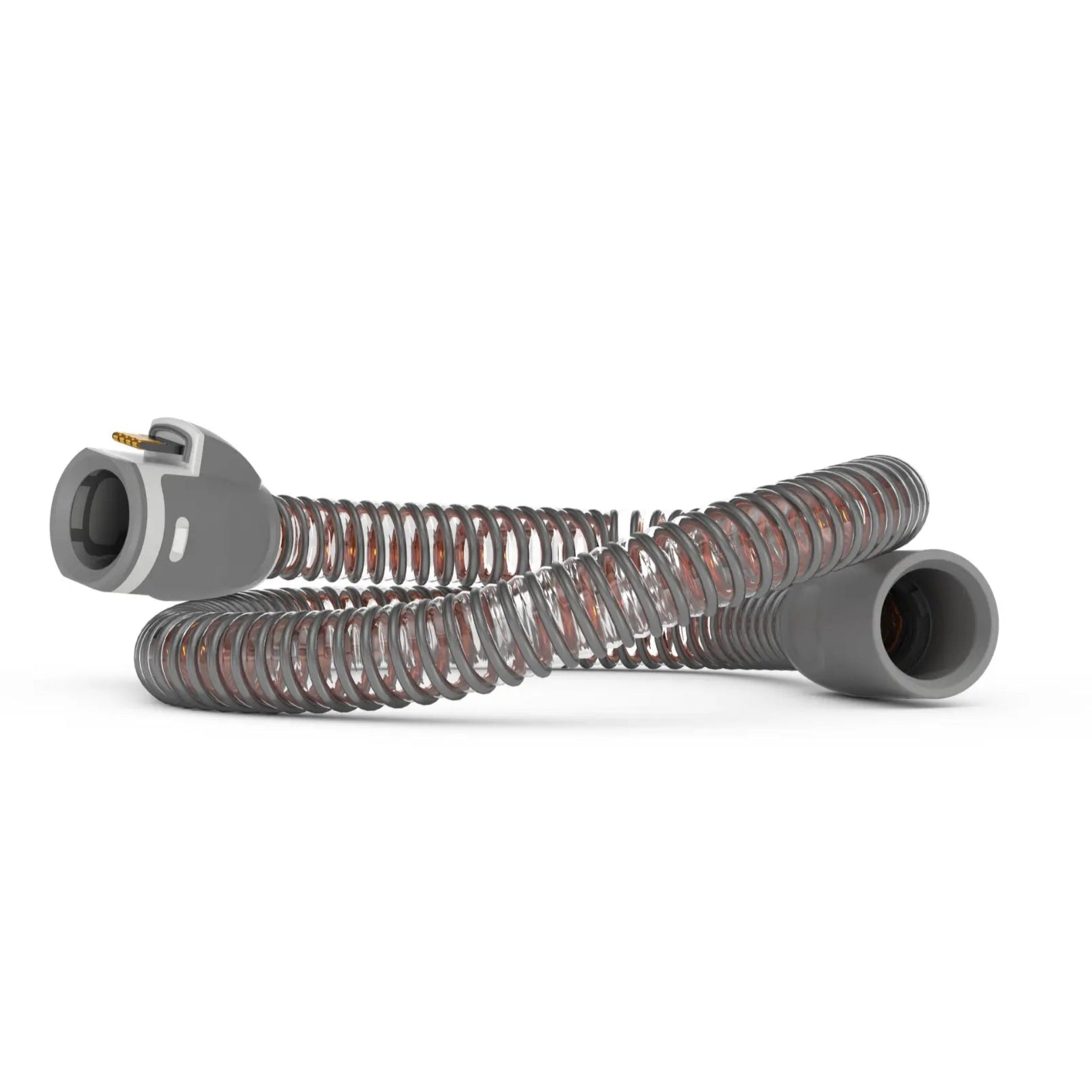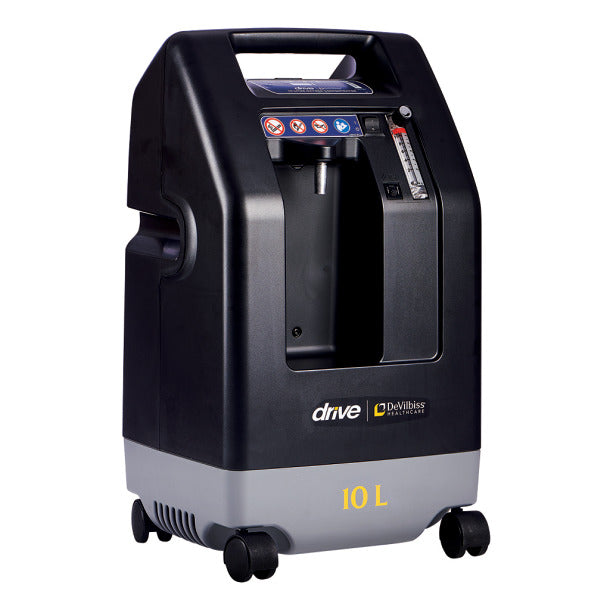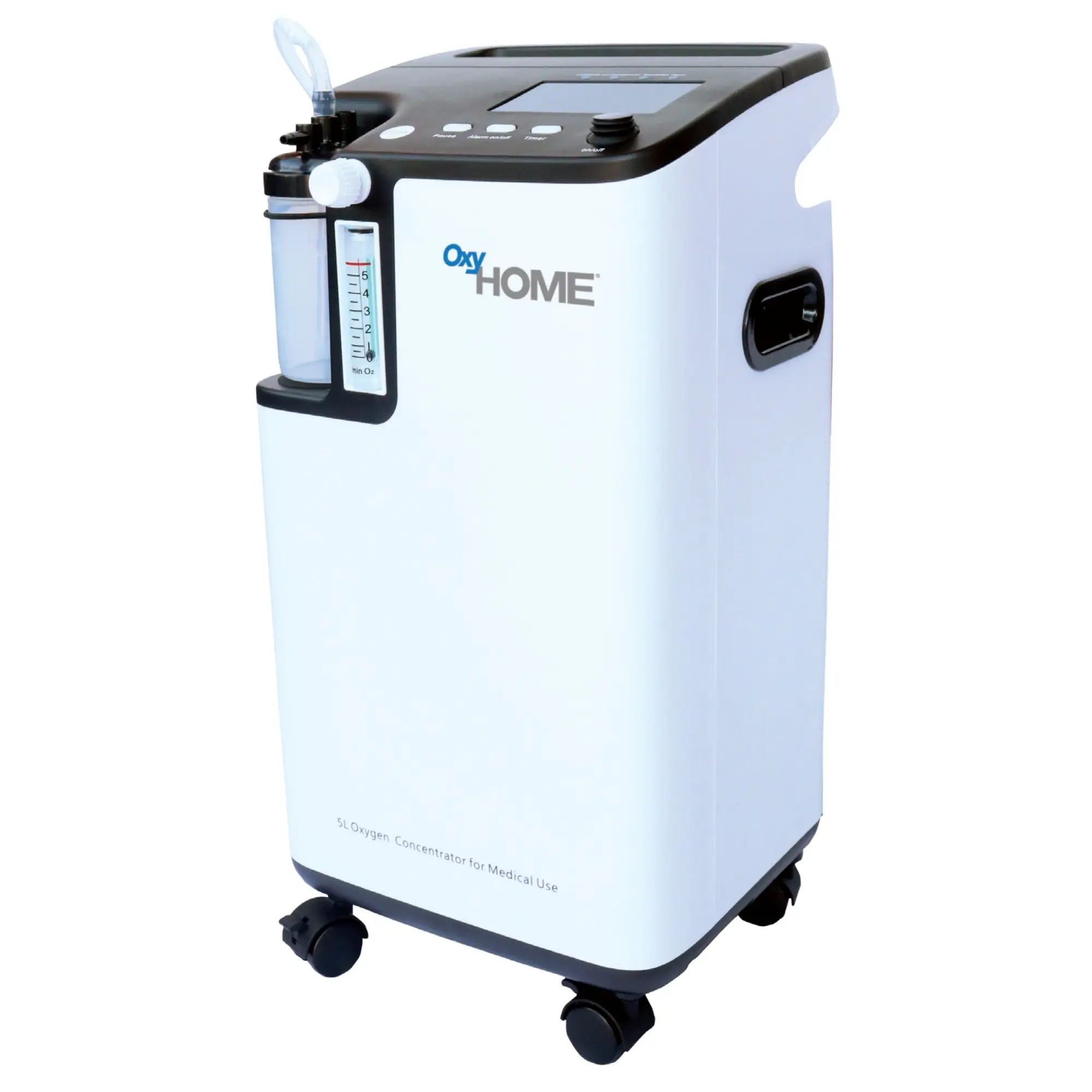While many believe that people have been experiencing pauses in their breathing while sleeping for hundreds of years, sleep apnea is becoming a common diagnosis for many Americans.
Thanks to technological advances, CPAP machines are now readily available to help those diagnosed with sleep disorders. These machines continue to evolve with many different styles and options to fit the needs of those with sleep apnea. Still, a lot of patients don’t know many CPAP facts overall.
The first step to finding a solution for sleep apnea is to understand what it is and how it affects your life. To learn more, check out these 9 interesting sleep apnea facts you probably didn’t know about.
What Is Sleep Apnea?
Sleep apnea, also known as Obstructive Sleep Apnoea (OSA), is a condition in which a patient stops breathing while sleeping.
Many patients who experience the following sleep apnea symptoms should consult their doctor about the possibility of a sleep apnea diagnosis:
- Snoring
- Waking up abruptly with shortness of breath
- Someone observing an episode of abnormal or stopped breathing
- Insomnia/Daytime sleepiness
- Hypersomnia
- Chest Pain (can lead to heart attack)
- Trouble Concentrating
- Mood Changes
- Depression
- Morning Headaches
When to See Your Doctor
While it is true that many sleep apnea patients go undiagnosed, it doesn’t mean that you should suffer any longer. If you experience any of these above symptoms, see your doctor immediately. Your doctor will most likely suggest a sleep study to learn more about your symptoms. Once verified, a prescription for treatment can include CPAP machines and other therapies. Most insurance companies now cover CPAP machines as well.
Sleep Apnea Facts You Didn’t Know
While much has been covered regarding sleep apnea, it is essential to know and understand the facts around the condition.
1. Sleep Apnea Wasn’t Discovered Until 1965
Sleep apnea was first officially discovered in 1965 when doctors successfully recorded the pause of breathing in patients believed to have the condition. Doctors found that the cause of sleep apnea came from an obstruction in the upper airway.
The first sleep medicine clinic took place in 1970 at Stanford University, which focused on monitoring patients while sleeping for signs of sleep apnea. This early period started the intense amount of research, sleep studies and progress that the health care world has accomplished over the past 50 years.
2. Tracheostomies Were the First Option for Treatment
Without much information about sleep apnea, doctors who treated patients early on could only offer invasive tracheostomies for treatment, which left a permanent hole in the throat of the patient.
3. Only 20% of Sleep Apnea Sufferers are Diagnosed
Estimates suggest that around 22 million adults within the United States have sleep apnea. Although the number is high, only about 20% of these patients have been diagnosed with the condition in the country. That leaves millions of undiagnosed Americans who experience sleep apnea on a regular basis without treatment.
4. There are Two Kinds of Sleep Apnea
This research found that there are two different types of sleep apnea.

Obstructive Sleep Apnea
Obstructive sleep apnea is the most common type of sleep apnea and occurs when muscles relax during sleep. This causes the soft tissues of the esophagus to relax and blocks the airway.
Central Sleep Apnea
This lesser form of sleep apnea involves more of the brain and the body’s ability to control breathing. The brain malfunctions in this area and causes the body to stop breathing during sleep.
5. Up to 4% of Children Have Sleep Apnea
More and more children are diagnosed with sleep apnea every year. Sometimes sleep apnea in children is part of another tandem condition like large tonsils or adenoids. Most children who are diagnosed are between the ages of 2-8 years old.
6. Men are Twice as Likely to Develop Sleep Apnea Than Women
While both men and women suffer from sleep apnea, men are twice as likely to develop sleep apnea than women. However, the risk of developing this condition increases for women after going through menopause.
7. Excess Weight Isn’t The Only Risk Factor
Sleep apnea was first coupled with patients who exhibited excessive weight gain. While being overweight does increase your chances of sleep apnea, it is not the only risk factor. In fact, some adults and children who do not suffer from obesity develop sleep apnea.
8. Sleep Apnea Usually Coincides With Other Health Issues
Patients who suffer from other conditions, like high blood pressure, heart disease, and diabetes, can often develop issues with sleep apnea. Other risk factors include smoking, asthma, and chronic nasal congestion that may cause someone to snore loudly. Patients with a family history of sleep apnea, or those born with a narrowed airway, also have an increased risk of developing the condition.
9. An Australian Doctor Invented The CPAP Machine
Australian physician Colin Sullivan invented the Continuous Positive Airway Pressure, or CPAP, machine in 1980. CPAP machines offer continuous airflow pressure through either the nose or mouth of a sleep apnea patient during sleep. This air pressure helps keep the airways open and is less invasive than surgery.
CPAP machines are electric and are small enough to sit on a nightstand next to a bed. A flexible hose connects the device and mask. Smaller versions of the CPAP machine are available for those patients who travel a lot. These machines are easier to handle and transport.

Photo Credit: ResMed Airsense 10
Researchers and sleep specialists continue to learn more about sleep apnea every day. Considerable advances in recent years have led to a better understanding of this condition.
Patients suffering from sleep apnea shouldn’t feel embarrassed or discouraged by their symptoms. Learning more about these CPAP facts will help alleviate any questions regarding CPAP usage. Check out our wide selection of machines, masks, and CPAP accessories to get a better night’s sleep.



